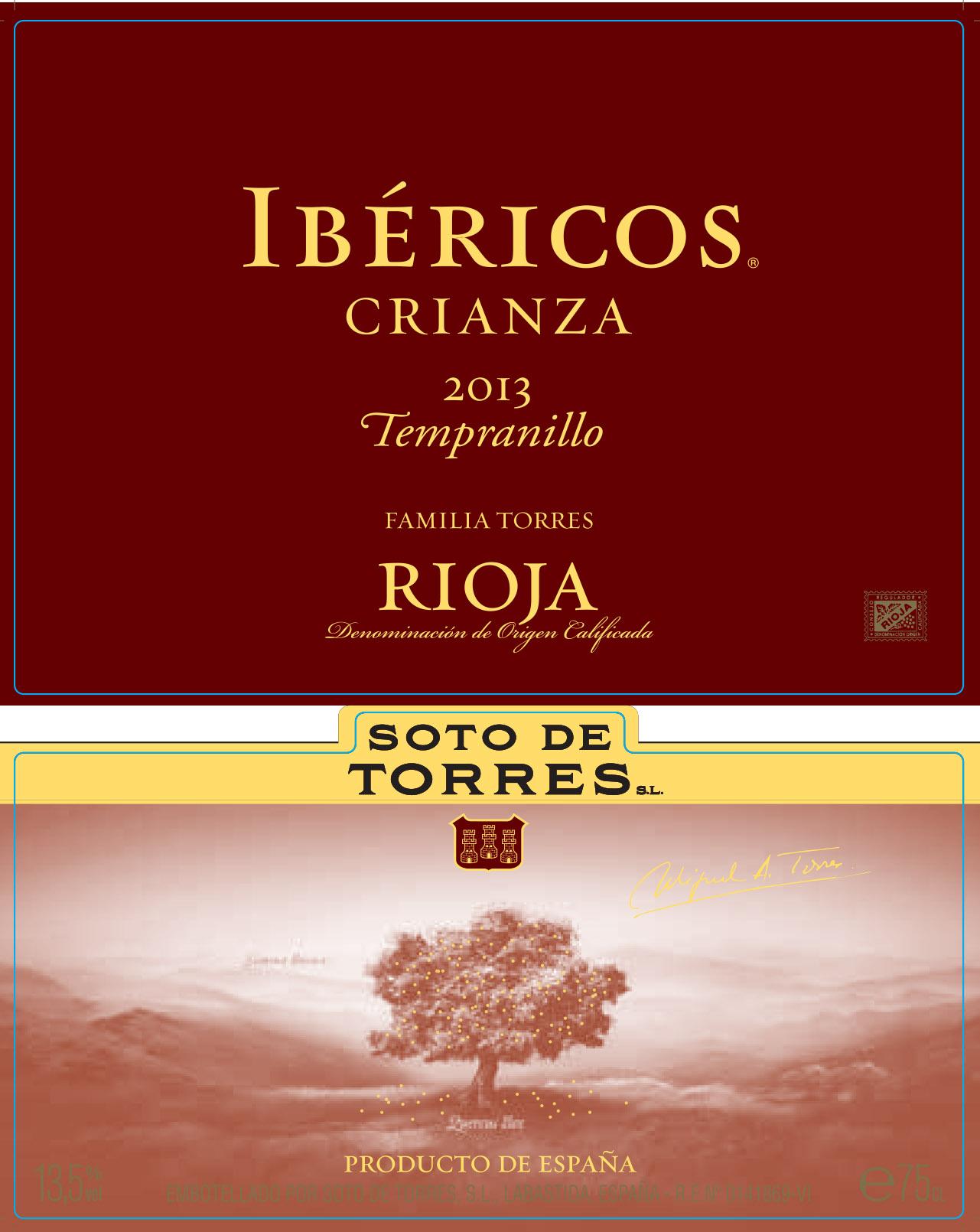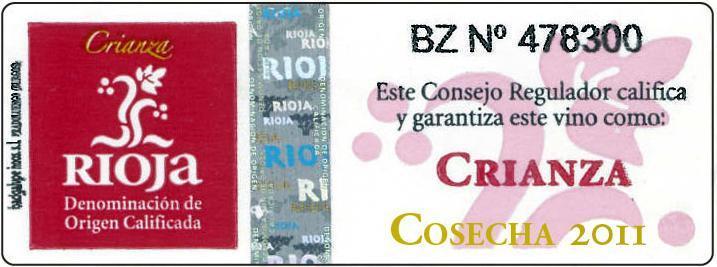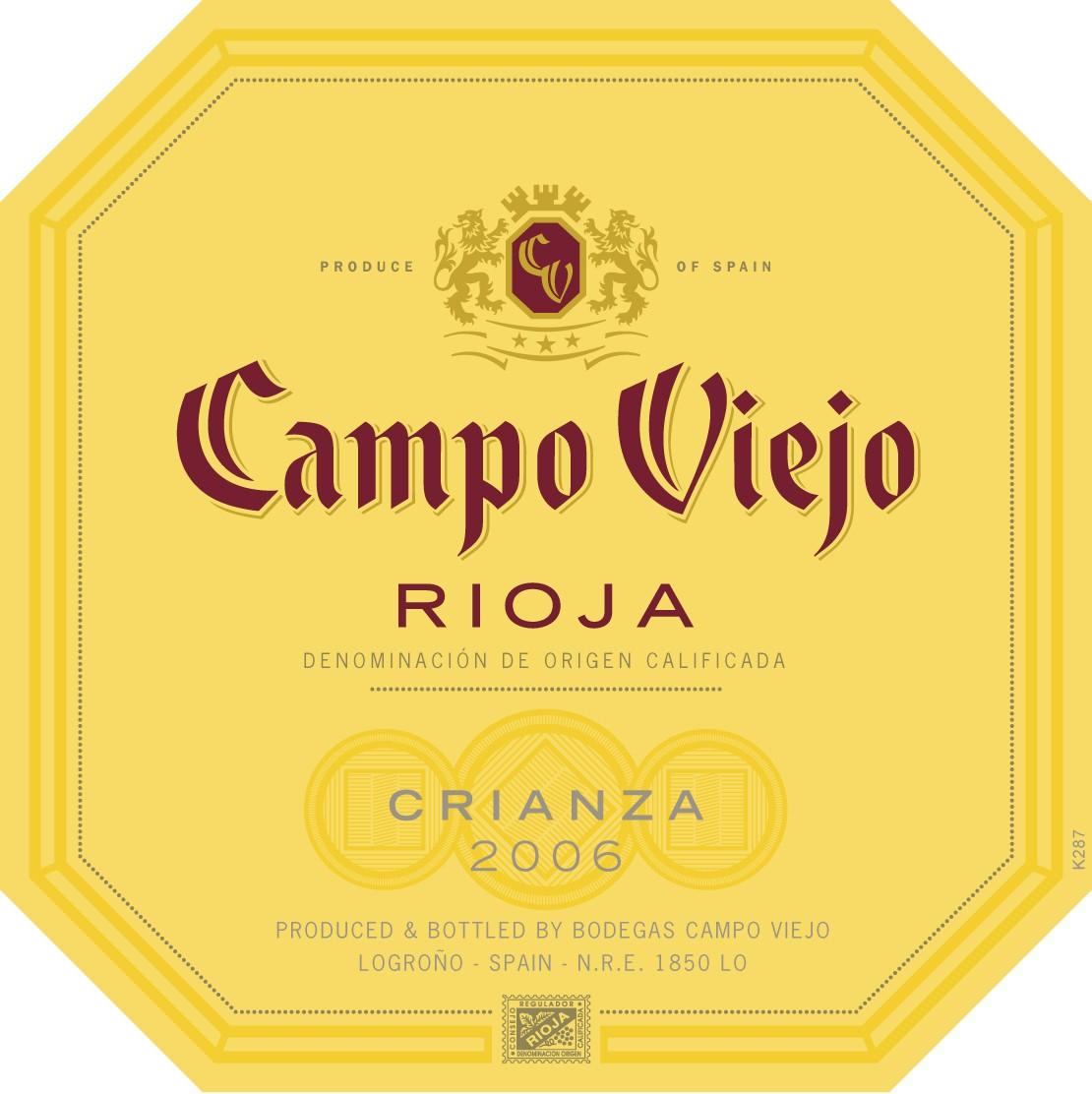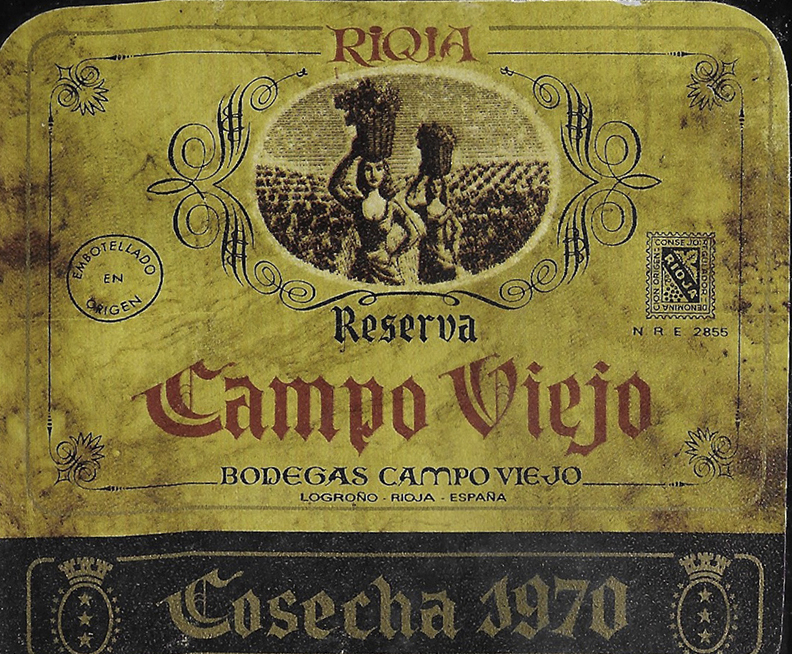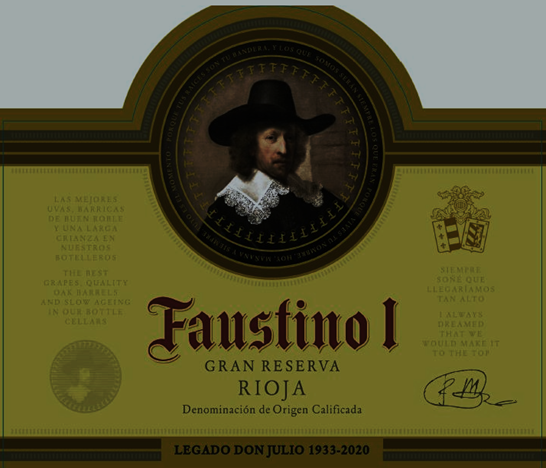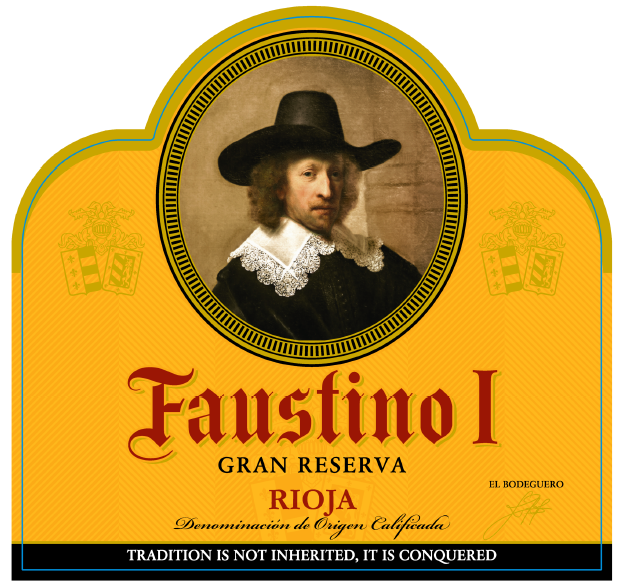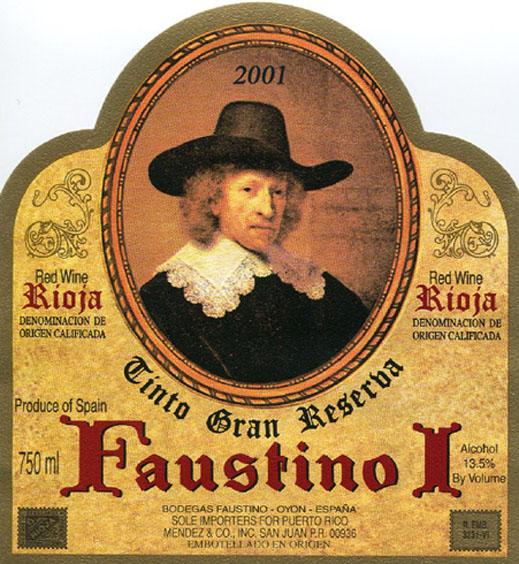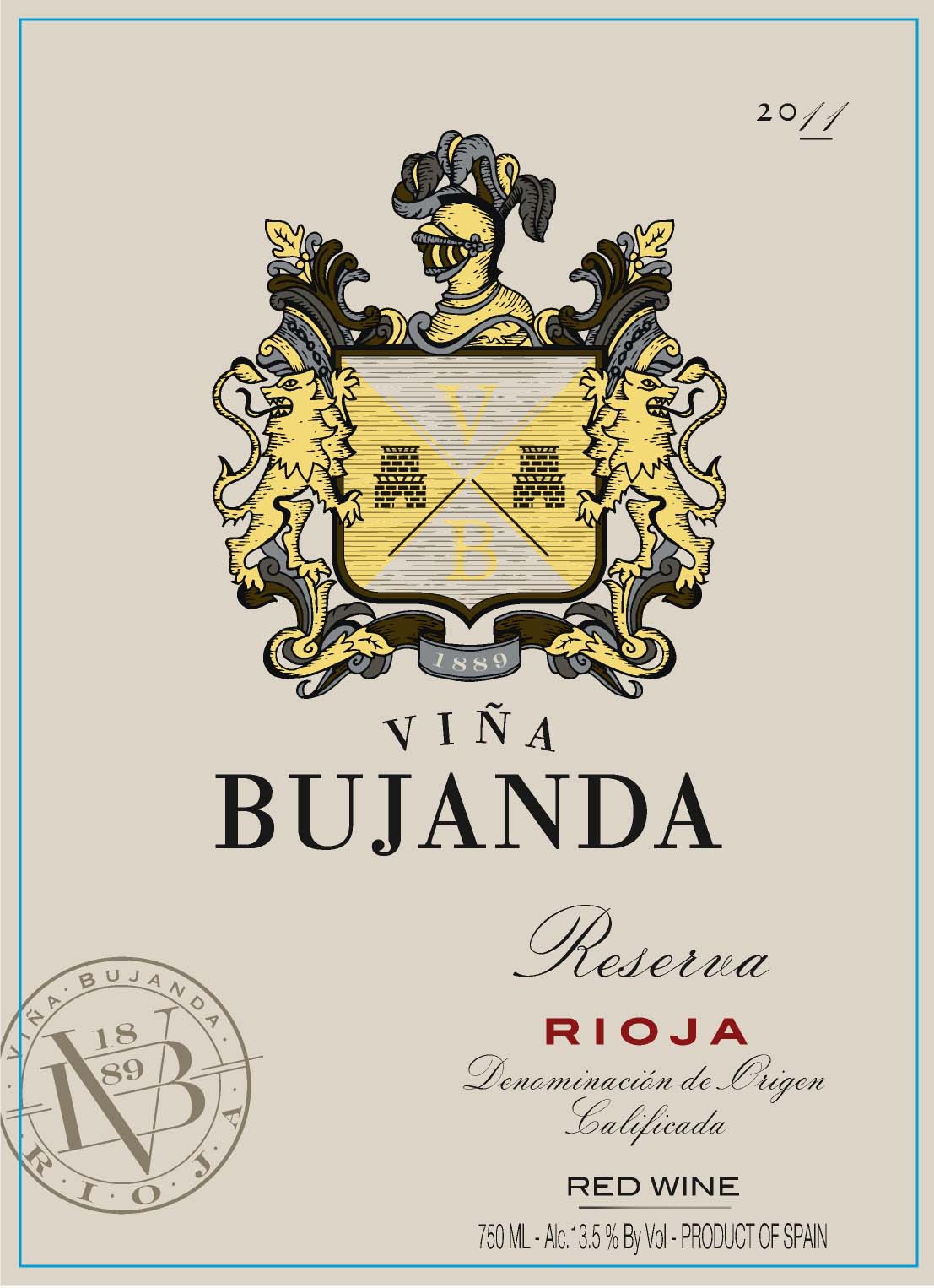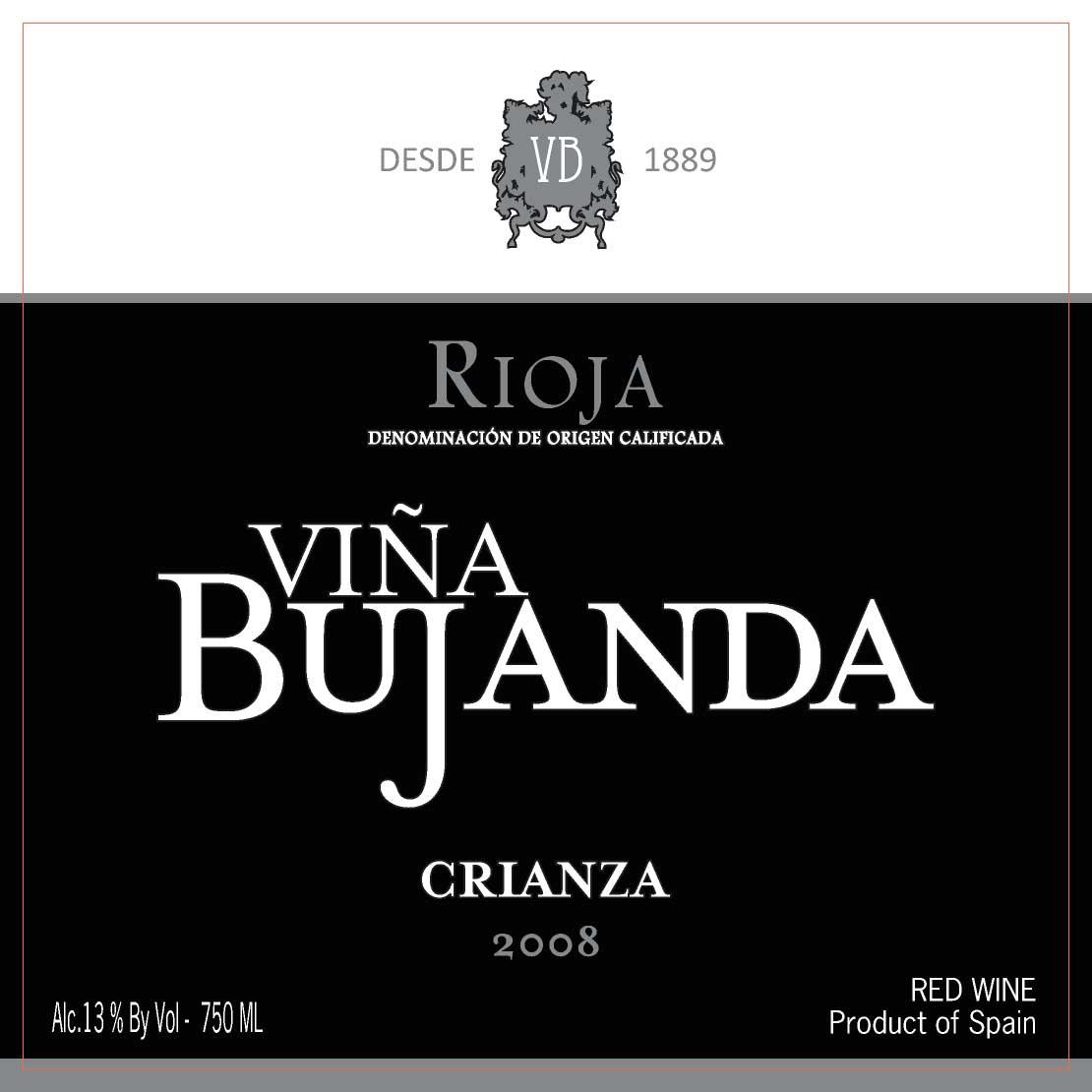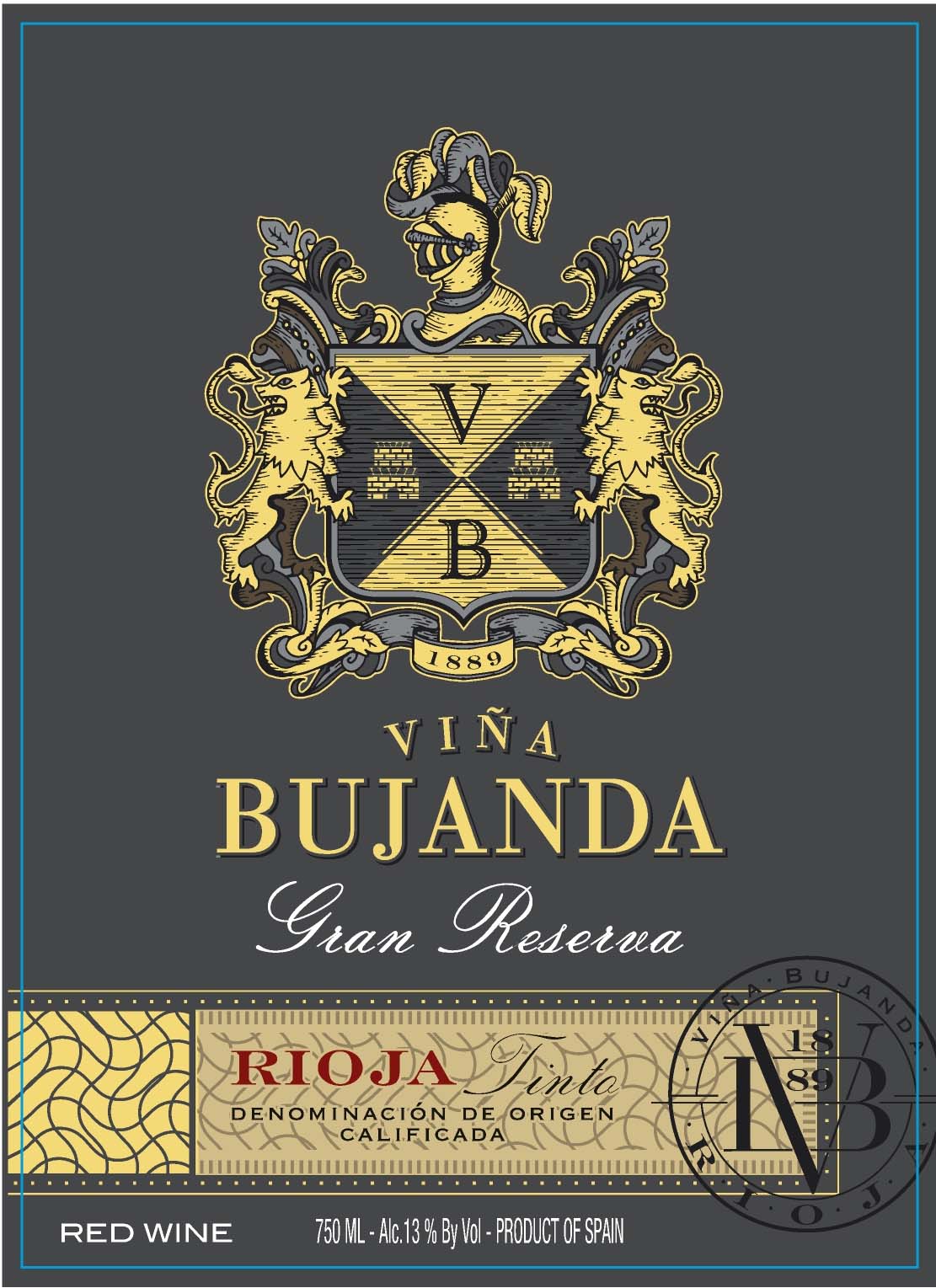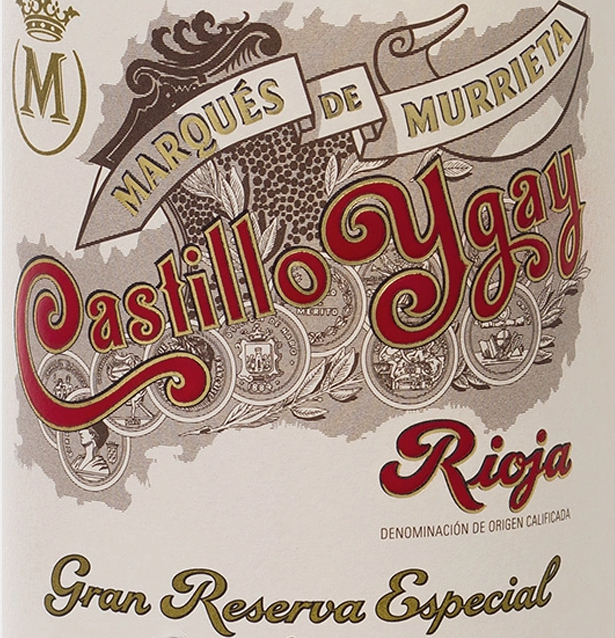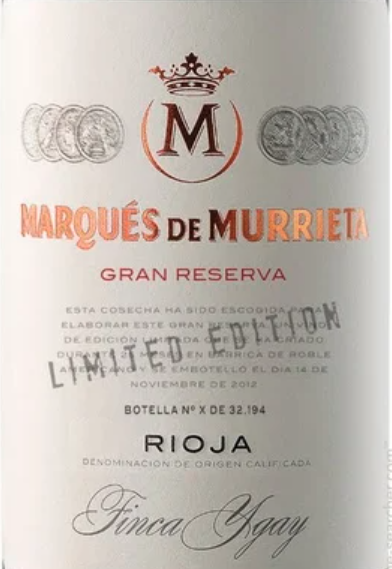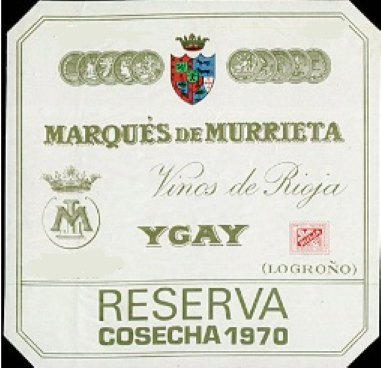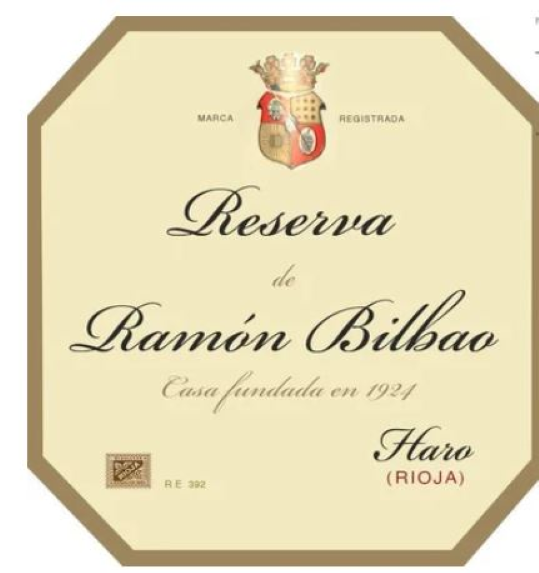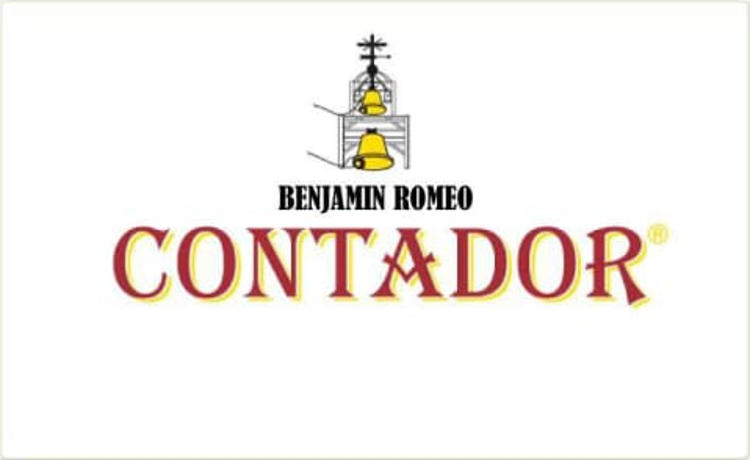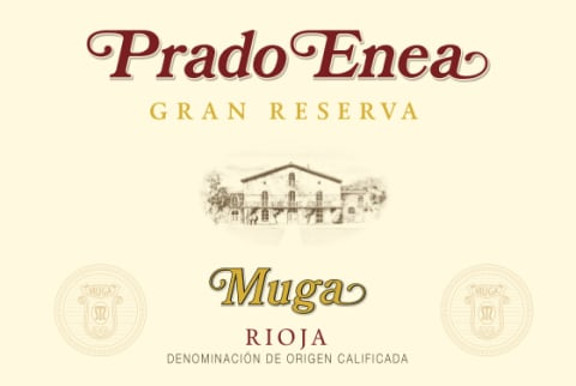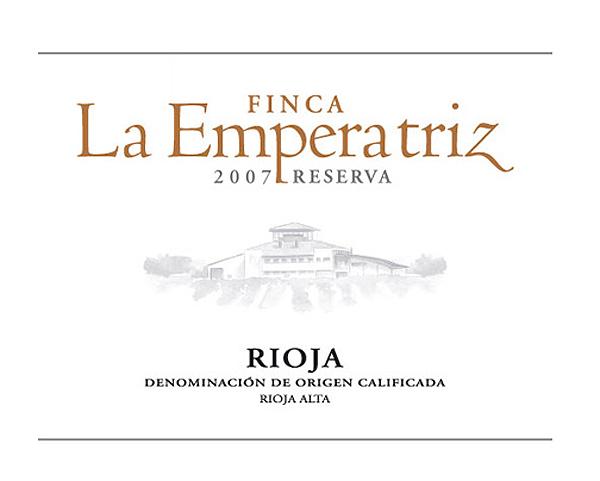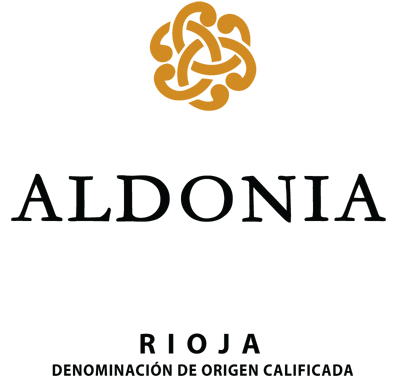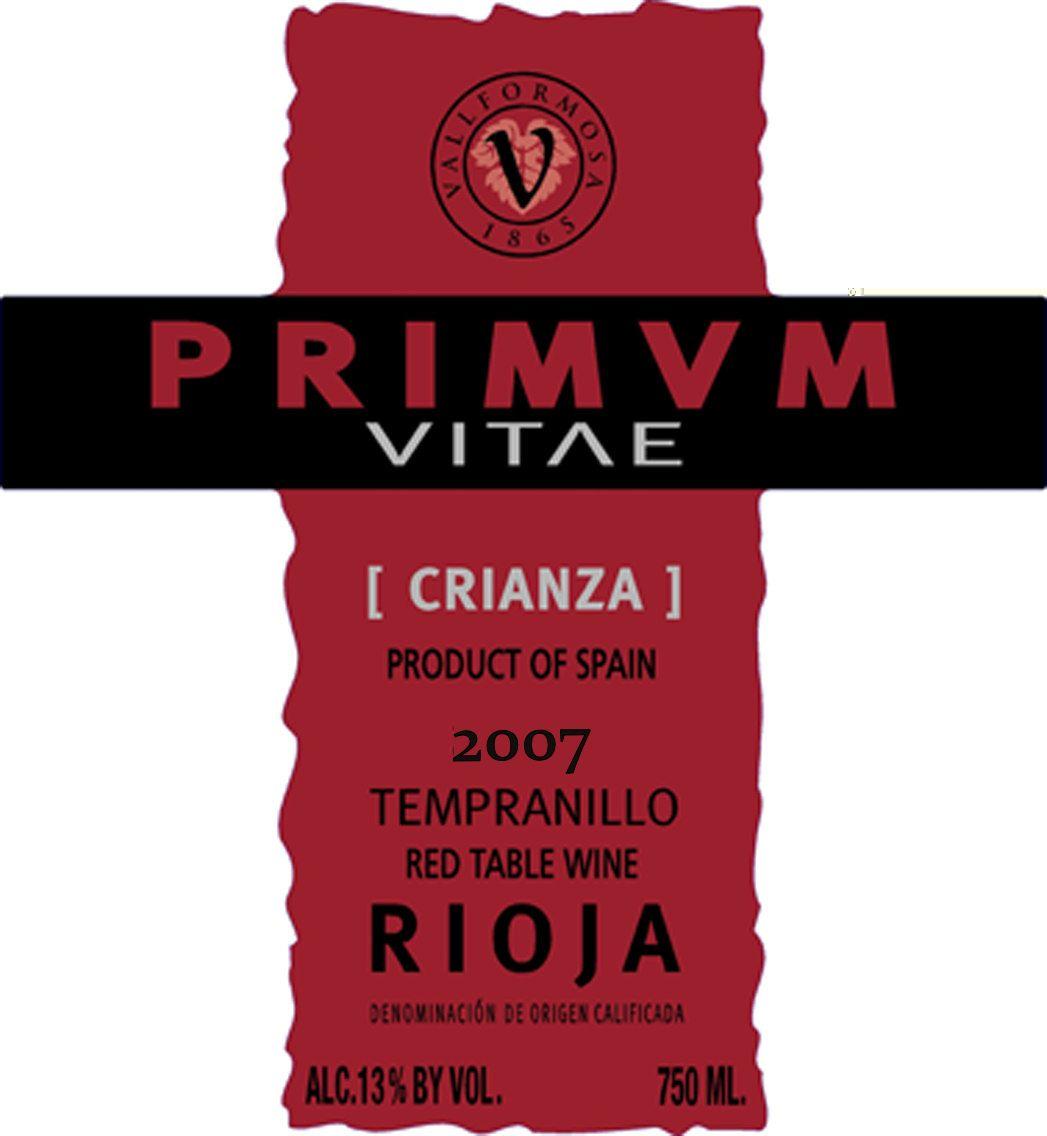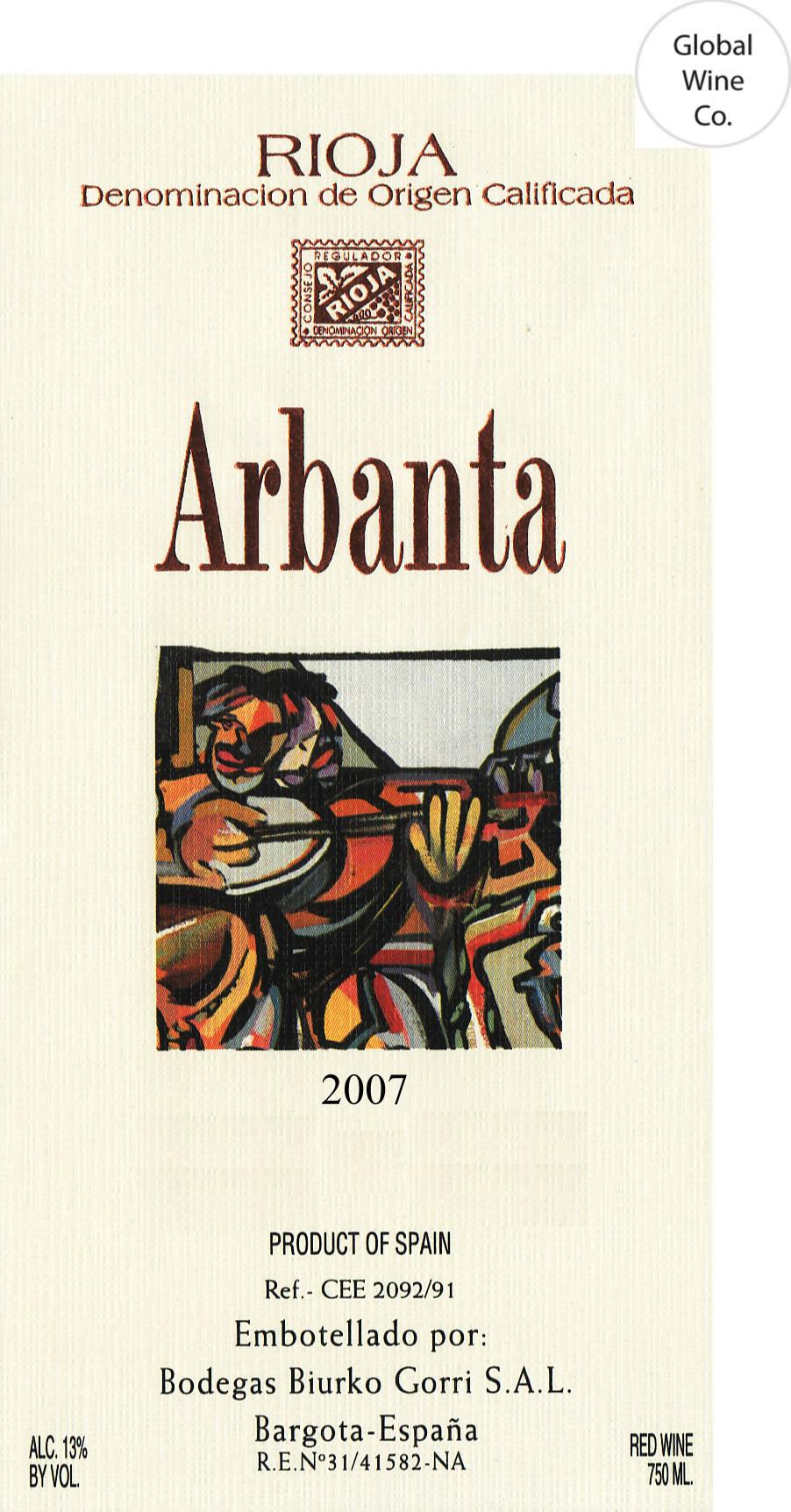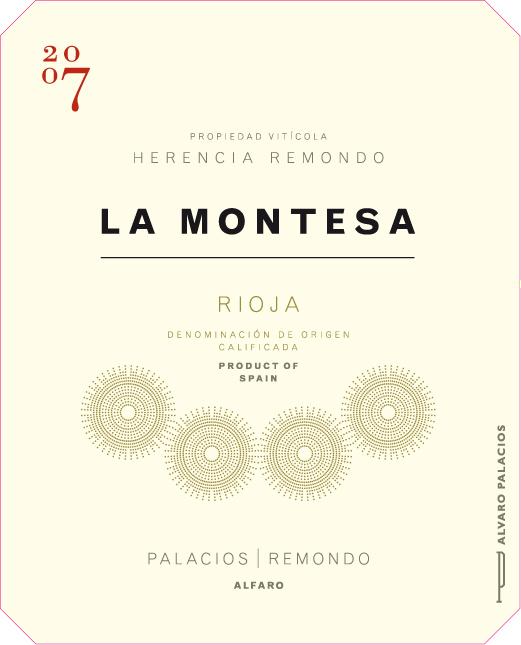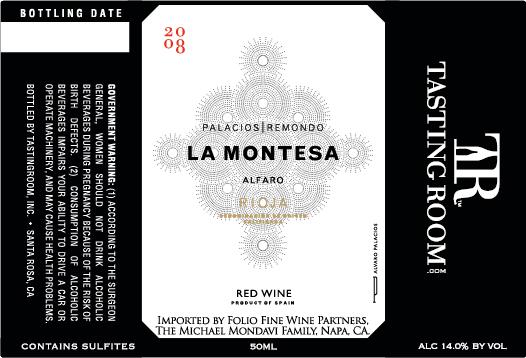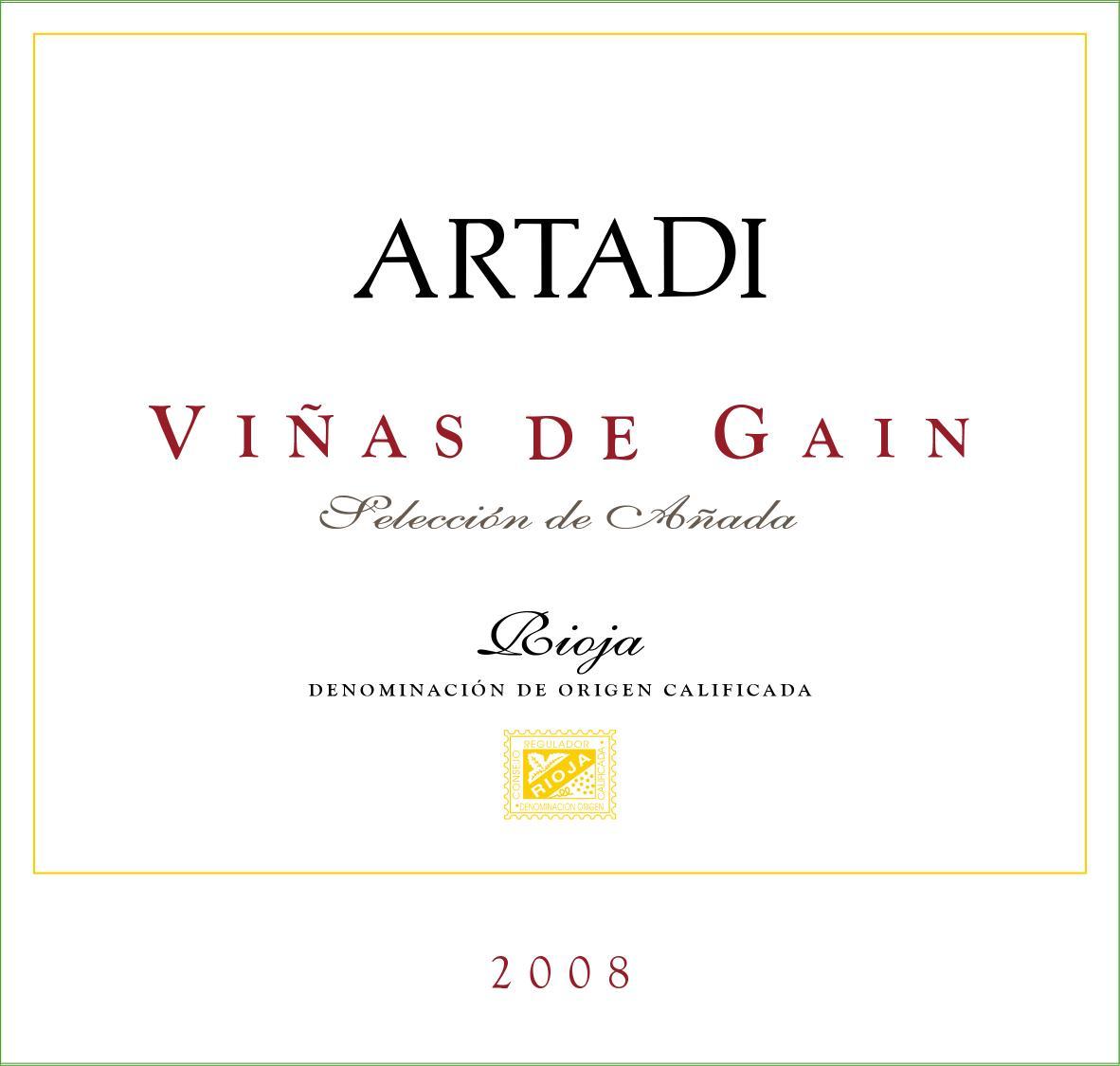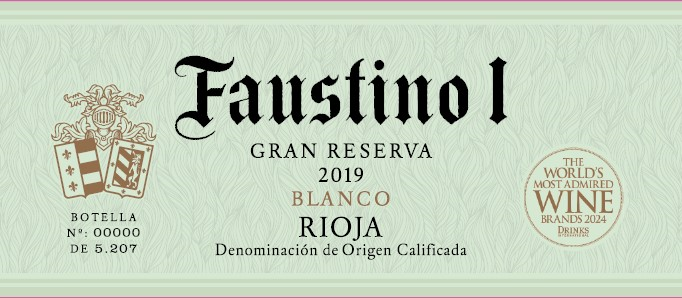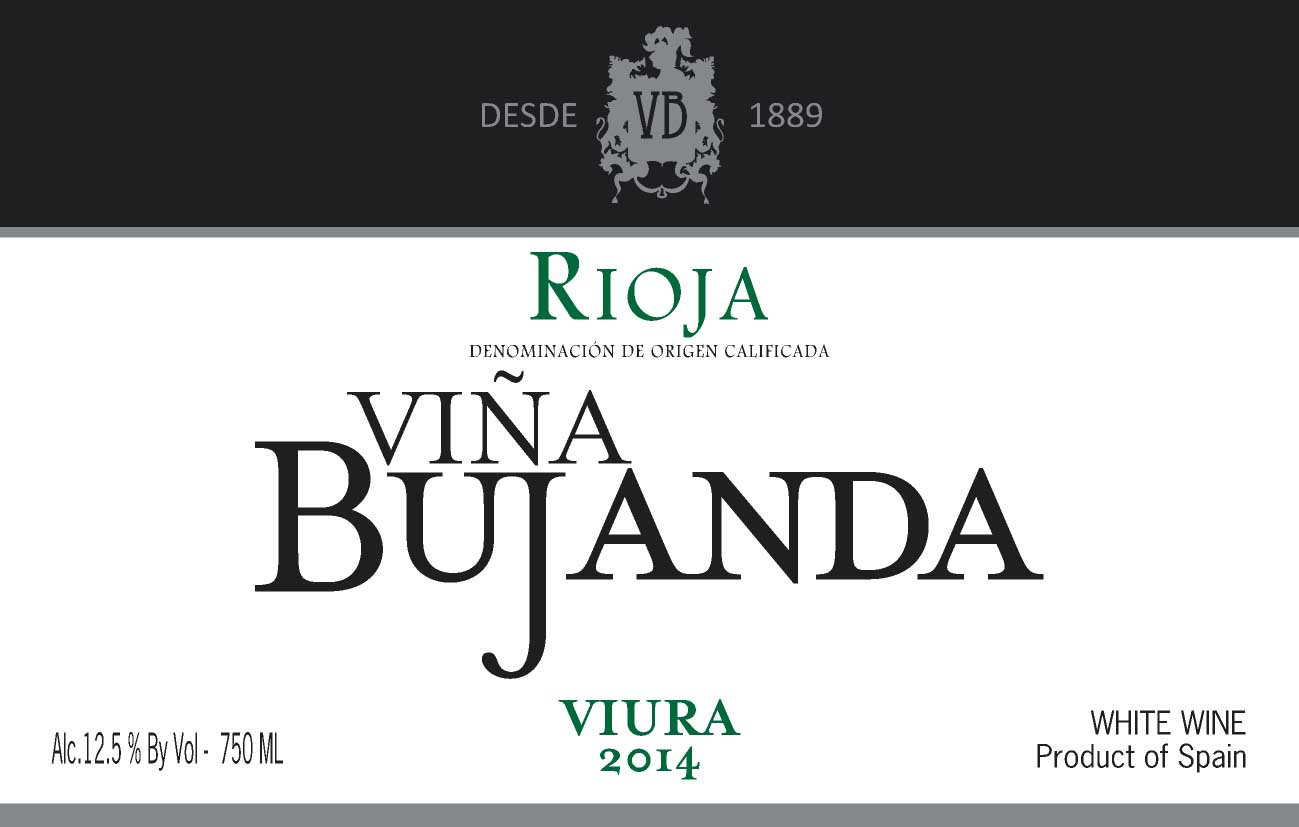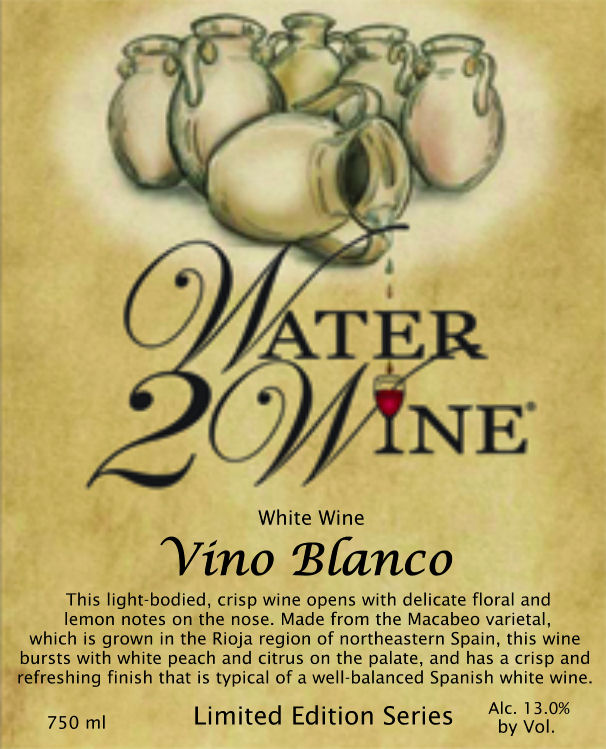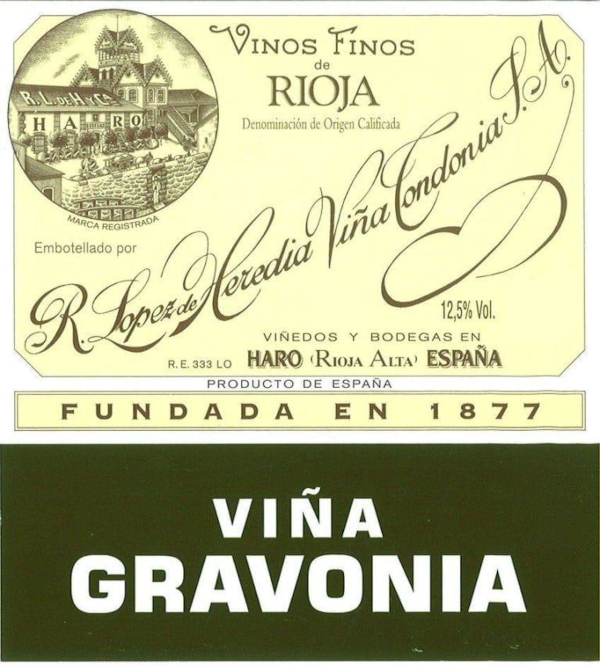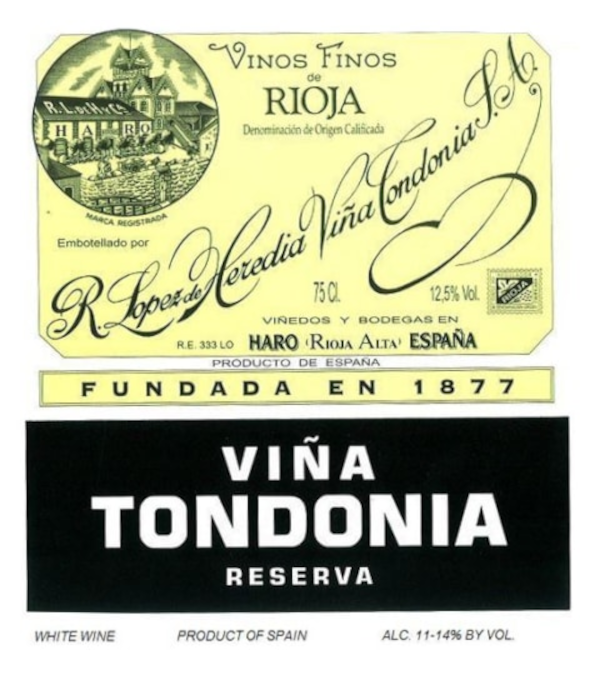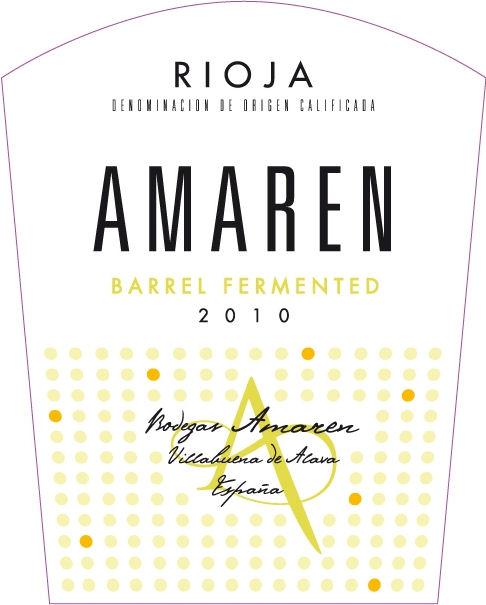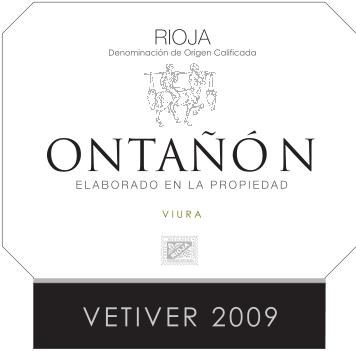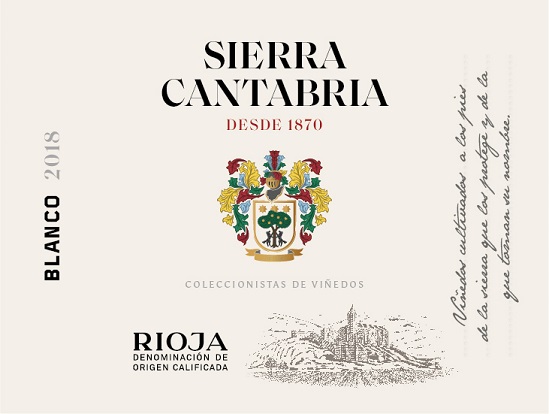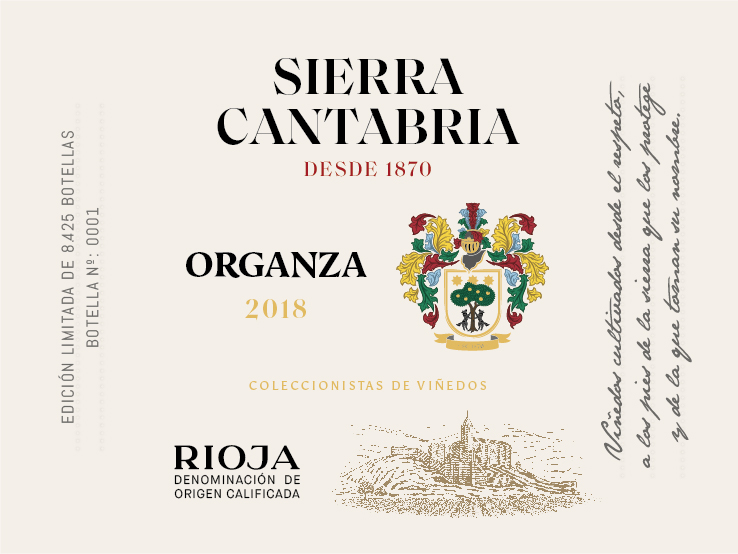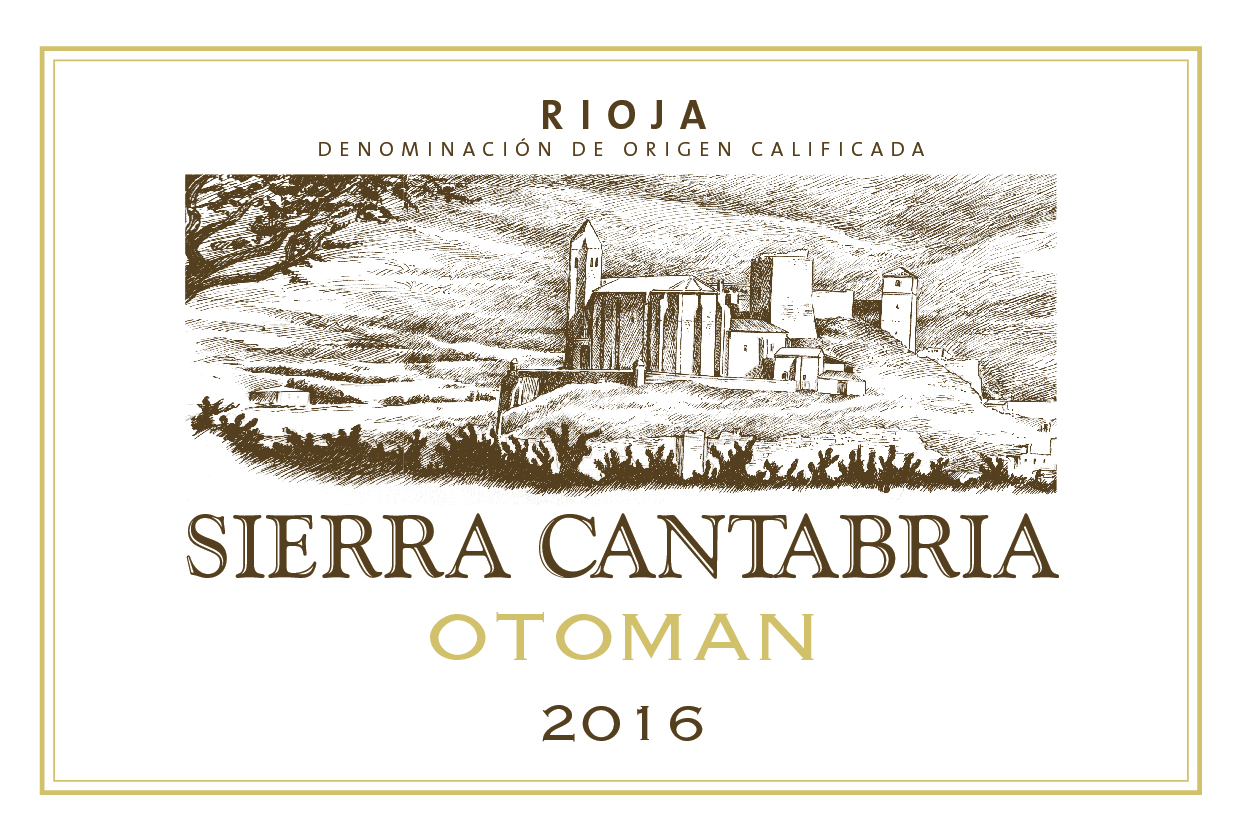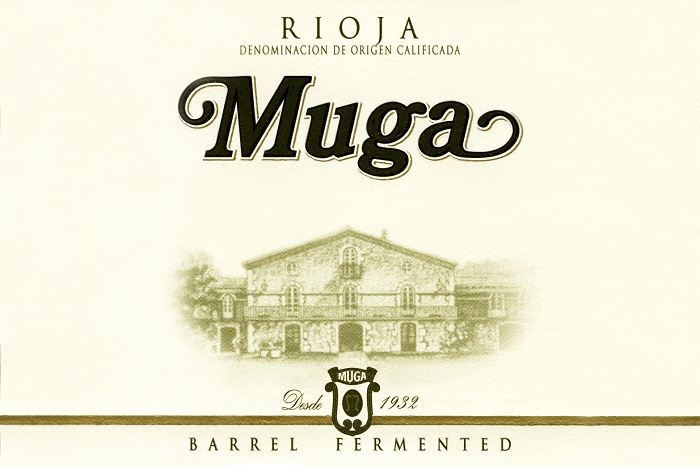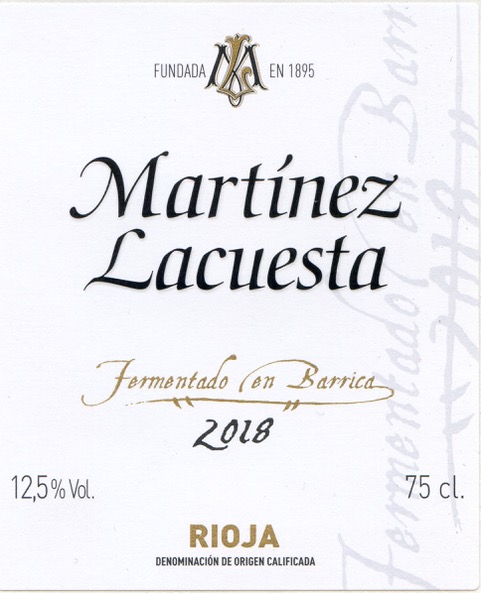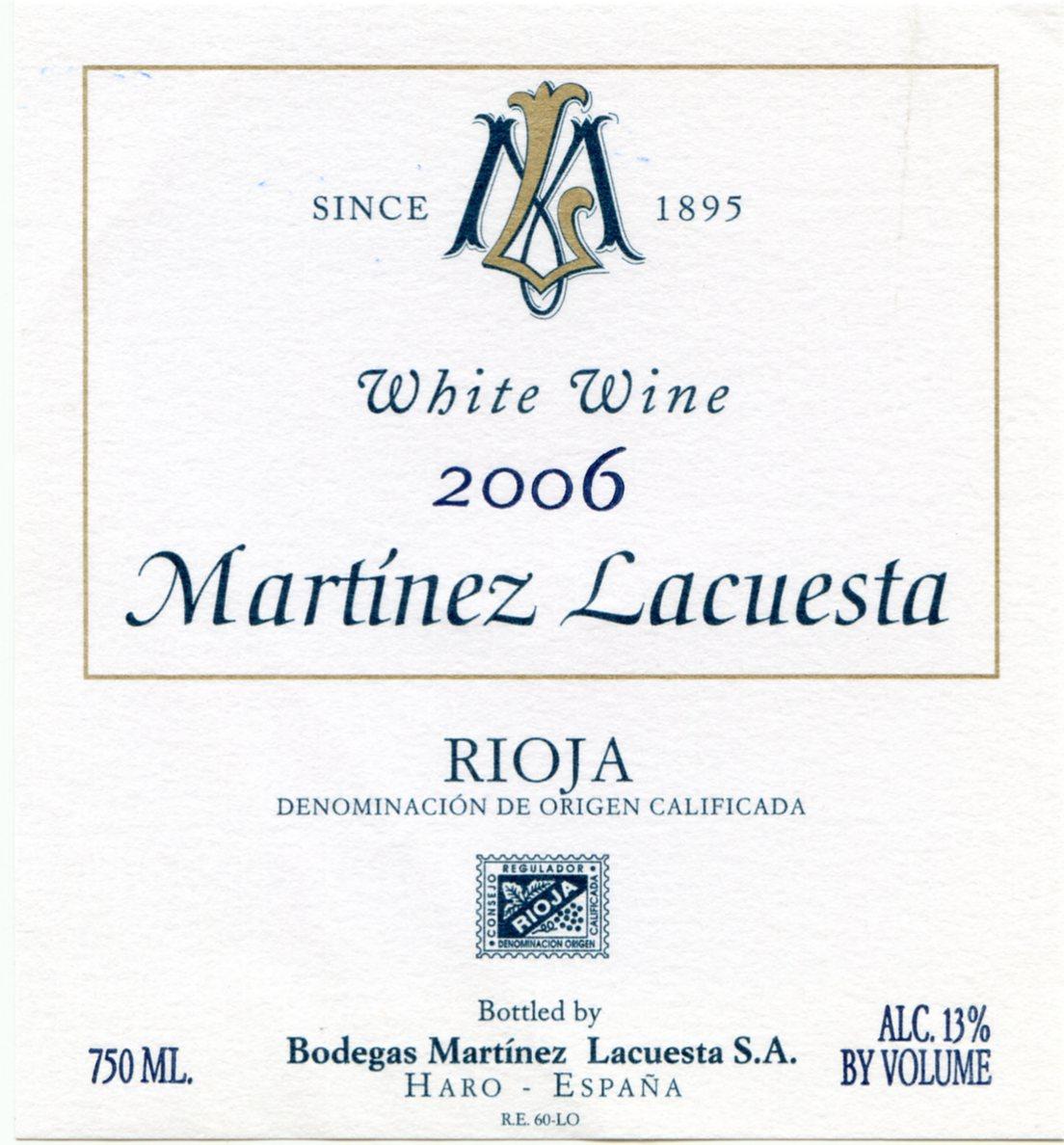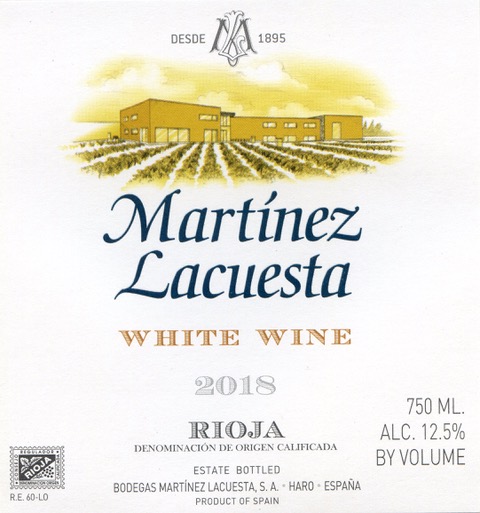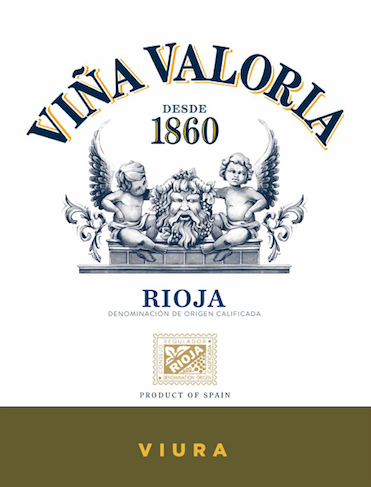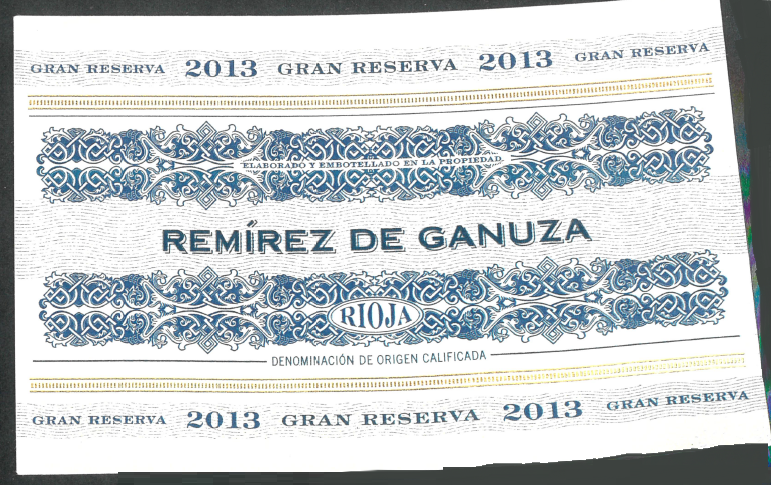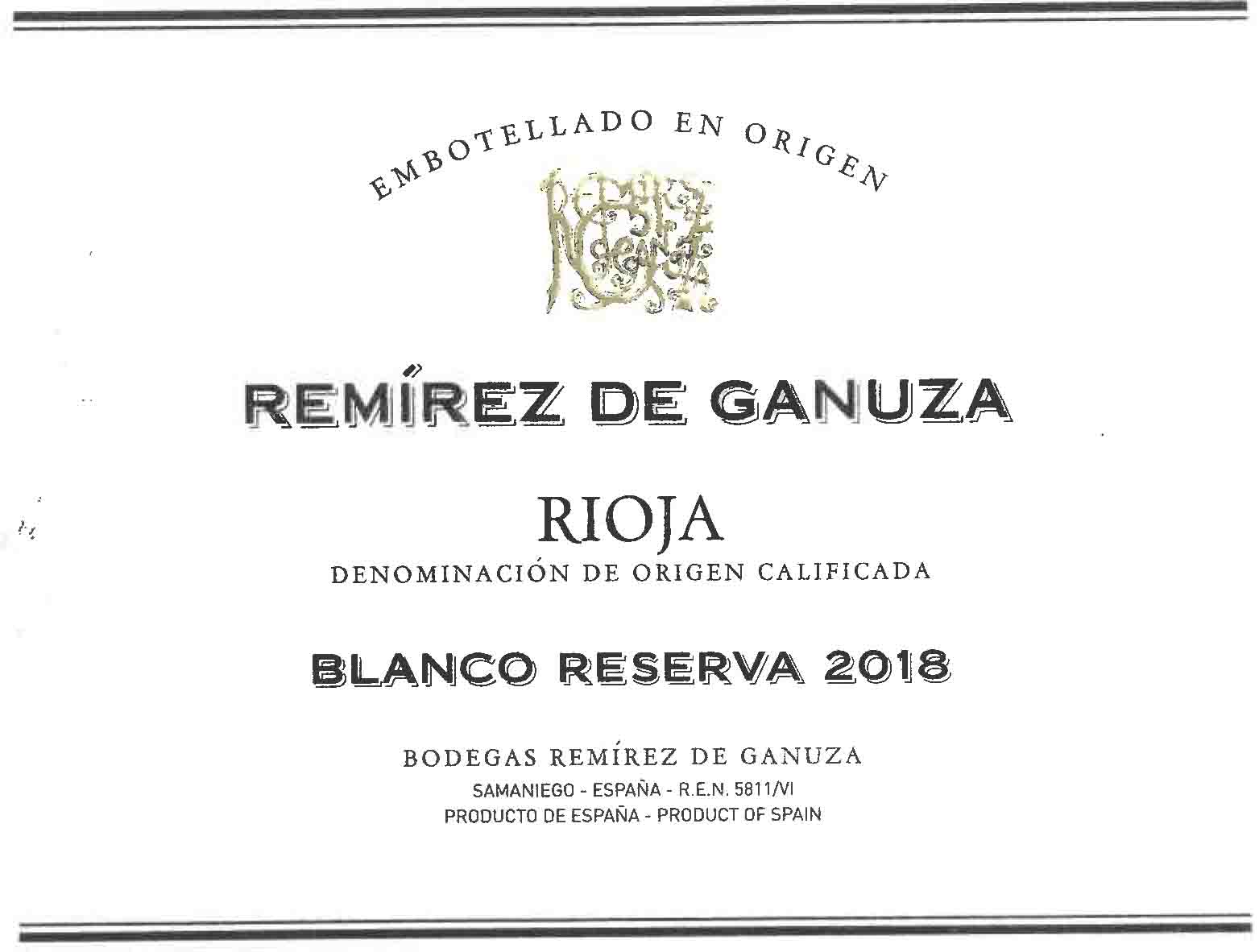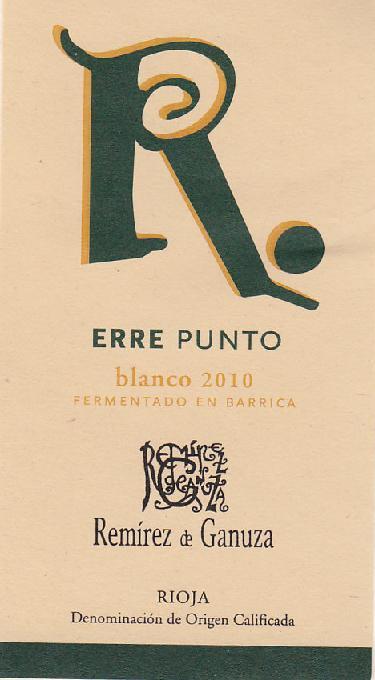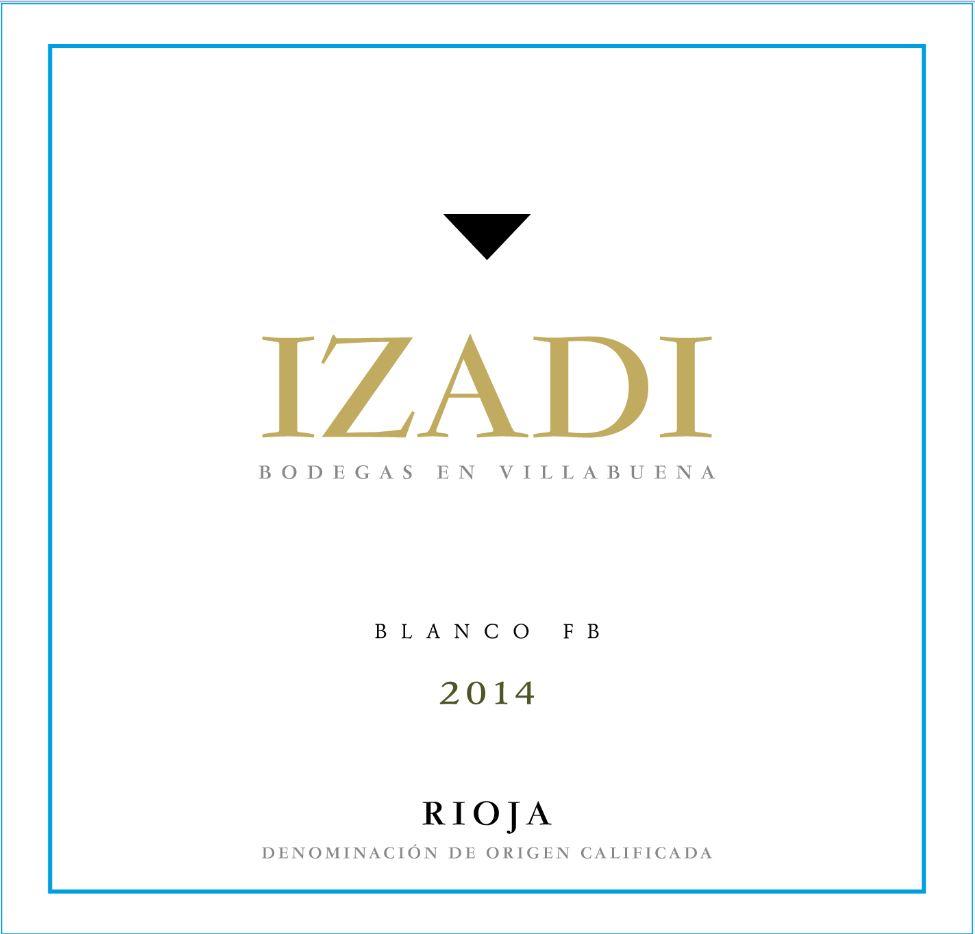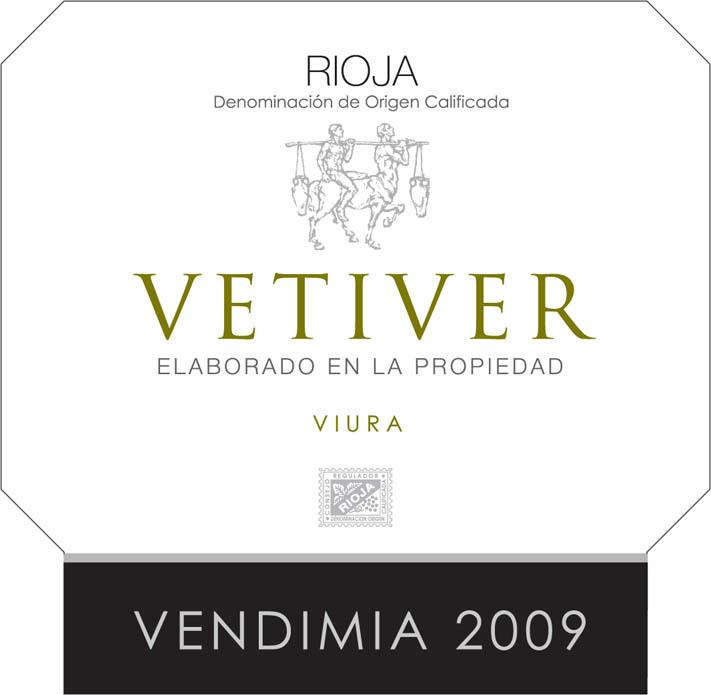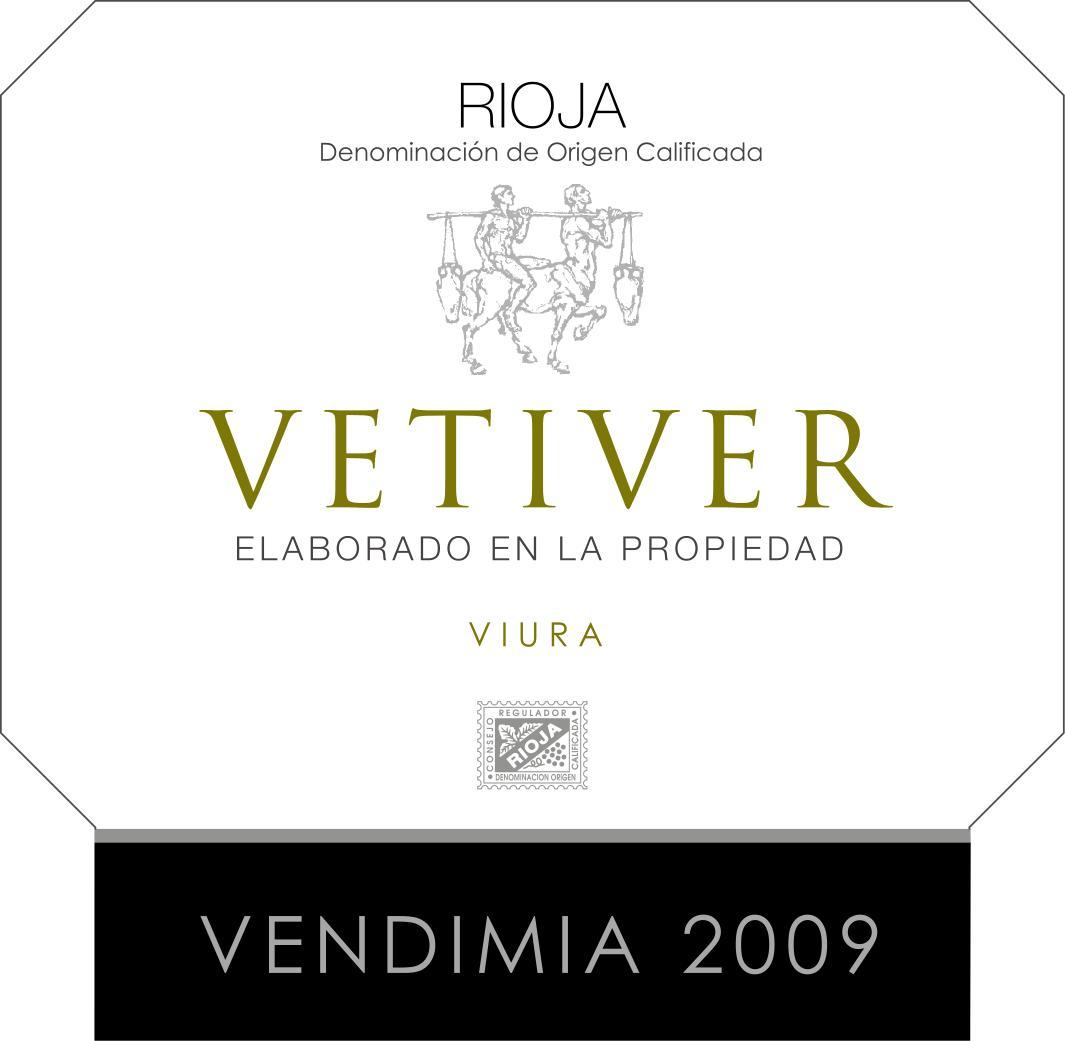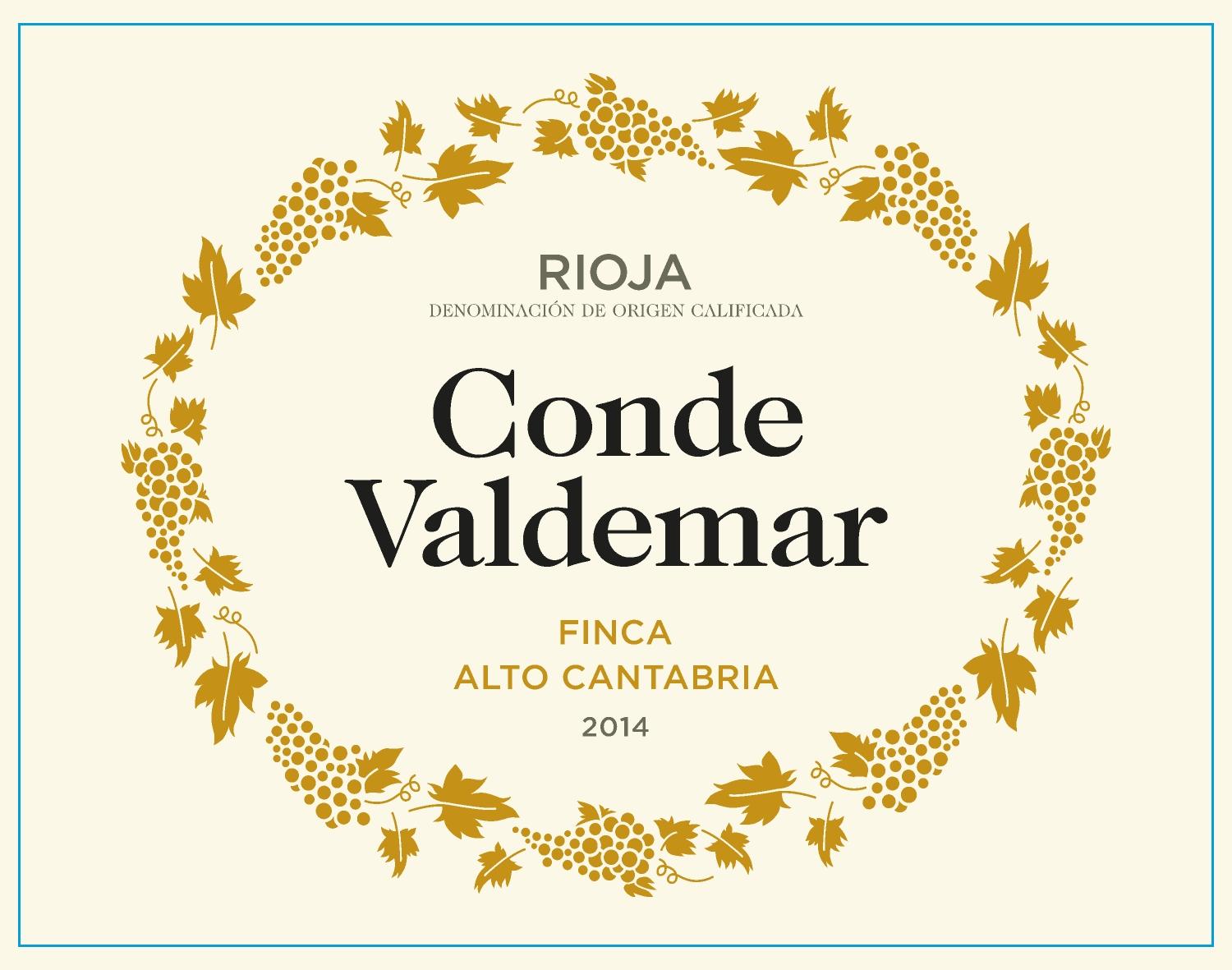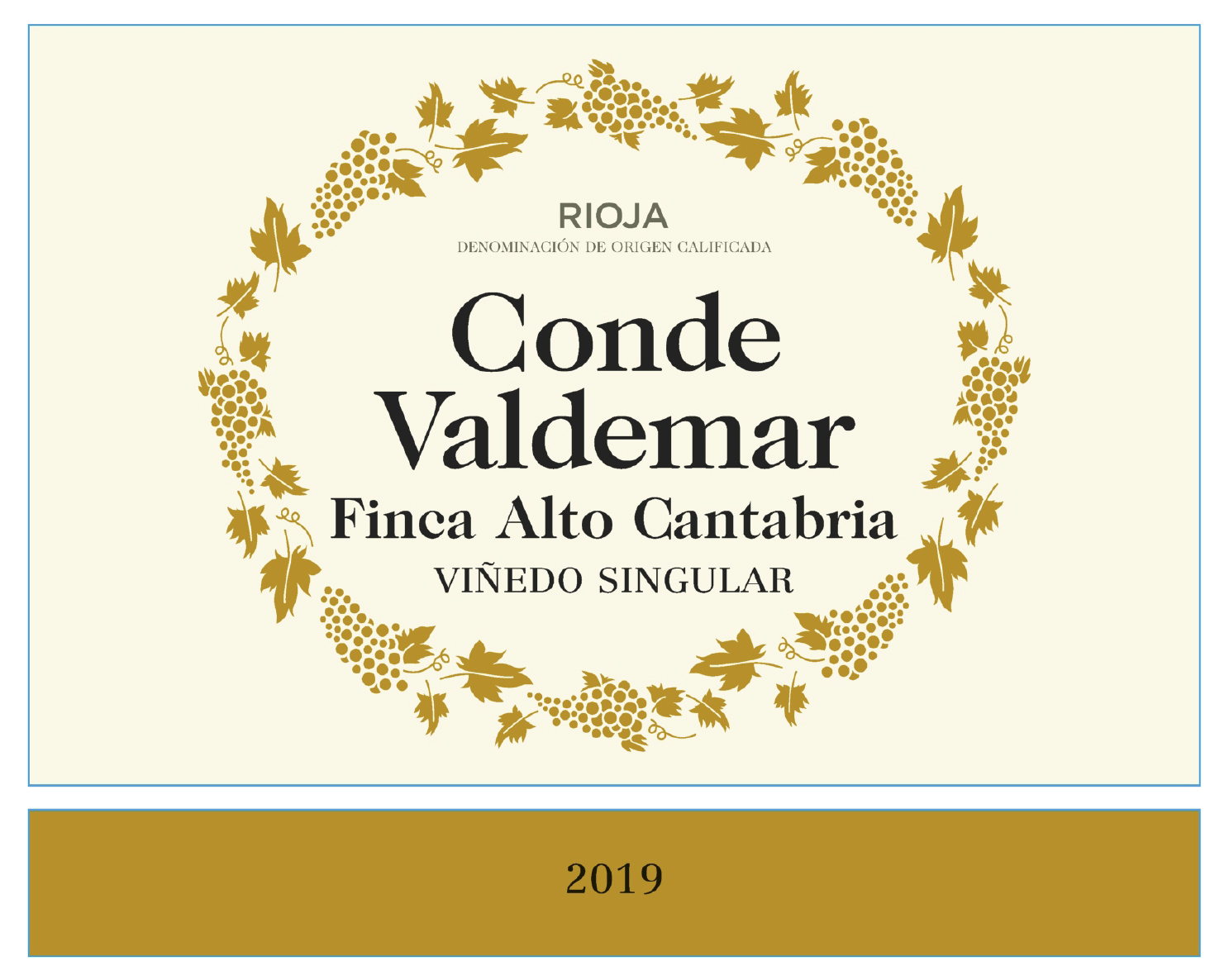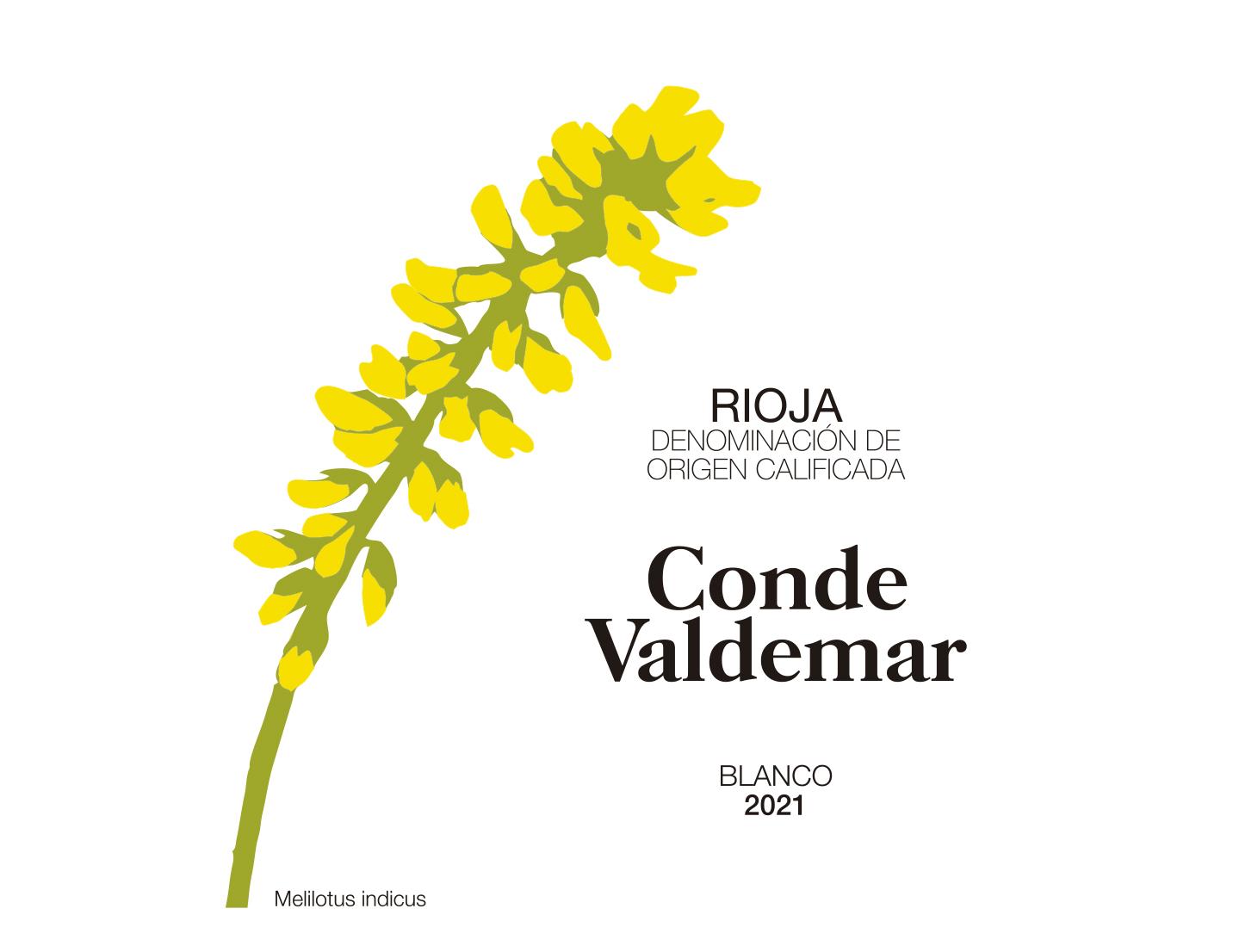Terroir of Rioja
Rioja's terroir is a tapestry of landscapes shaped by the Sierra de Cantabria mountains and the Ebro River. These natural features create a diverse environment, with the mountains blocking cold Atlantic winds, ensuring warmer and drier conditions ideal for viticulture. The Ebro River carves through the region, moderating temperatures and depositing varied soils that enhance the complexity of Rioja wines.
The region's climate is an intricate blend of influences, with the west receiving cooler Atlantic breezes and the east basking in Mediterranean warmth. This climatic diversity fosters a range of wine styles across Rioja's subregions, from the structured elegance of Rioja Alta to the robust, fruit-forward character of Rioja Oriental. The varied elevation and soil types across the subregions contribute to the distinctive qualities of Rioja wines, which are as varied as the landscape itself.
Notable Wineries in Rioja
Rioja is a wine lover's paradise, celebrated not only for its wines but also its iconic wineries. These estates blend history, architecture, and cutting-edge innovation, offering a glimpse into Rioja's rich tapestry.
-
R. López de Heredia Viña Tondonia: A living museum, this winery crafts wines with timeless elegance through long aging in American oak.
-
La Rioja Alta, S.A.: Known for its Gran Reserva wines, it exemplifies classic Rioja finesse.
-
Herederos del Marqués de Riscal: Famed for its Frank Gehry-designed hotel, symbolizing the fusion of tradition and modernity.
-
Remírez de Ganuza: A pioneer in terroir-focused wines, showcasing individual vineyard character.
These wineries represent Rioja's diverse spirit, from preserving tradition to embracing innovation, making it one of the most exciting wine regions to explore.
Sustainable Winemaking in Rioja
Rioja, a region deeply entrenched in winemaking tradition, is embracing sustainability with a fervor that matches its passion for Tempranillo.
The region’s dry, sunny climate supports organic grape cultivation, helping to reduce the need for synthetic chemicals. This focus on organic and biodynamic practices nurtures soil health and promotes biodiversity, ensuring that Rioja’s wines express their unique terroir with clarity.
Innovations like rainwater harvesting and geothermal energy systems are also being adopted, minimizing the environmental footprint of winemaking. Lighter bottles and recycled packaging reflect a commitment to reducing carbon emissions.
Such efforts align with the region's mission to preserve its landscapes while maintaining the quality and heritage of its wines. In Rioja, sustainability is not just an ethical choice; it's about safeguarding the future of viticulture, blending tradition with forward-thinking practices to keep the legacy of Rioja wines vibrant and alive.
Wine Tourism in Rioja
Rioja emerges as a premier destination for wine tourism, captivating visitors with its remarkable blend of history, culture, and vinous excellence. The region's picturesque towns, such as Haro and Logroño, invite exploration of their rich traditions and vibrant culinary scenes. Haro, the "wine capital," offers an insight into Rioja's winemaking heritage, while Logroño's lively tapas bars provide a delightful pairing experience.
-
Haro Wine Festival: An exuberant event where participants drench each other in wine, celebrating the region's festive spirit.
-
Rioja Wine Harvest Festival: A ceremonial foot-treading of grapes marks the harvest, highlighting Rioja's deep-rooted traditions.
-
Architectural Marvels: Iconic wineries, like the Frank Gehry-designed Marqués de Riscal, showcase the fusion of tradition and modernity.
From engaging in hands-on winery experiences to participating in vibrant festivals, Rioja offers a multifaceted journey into the heart of Spanish winemaking.



